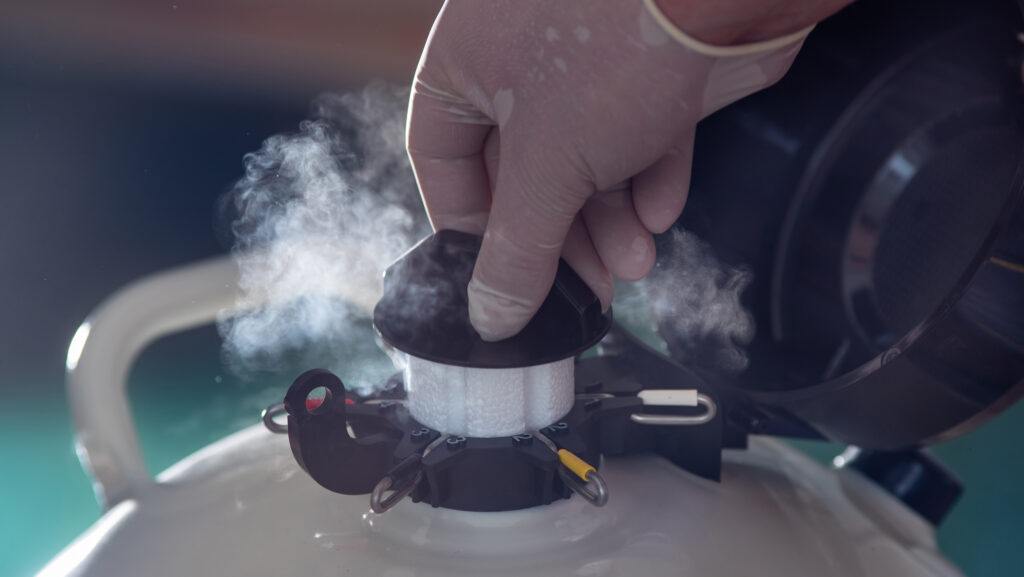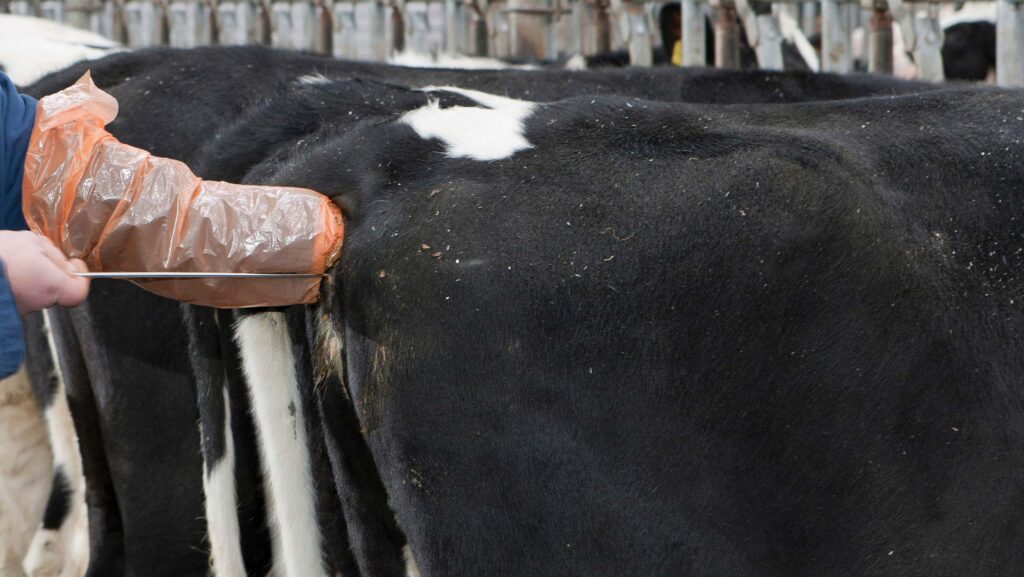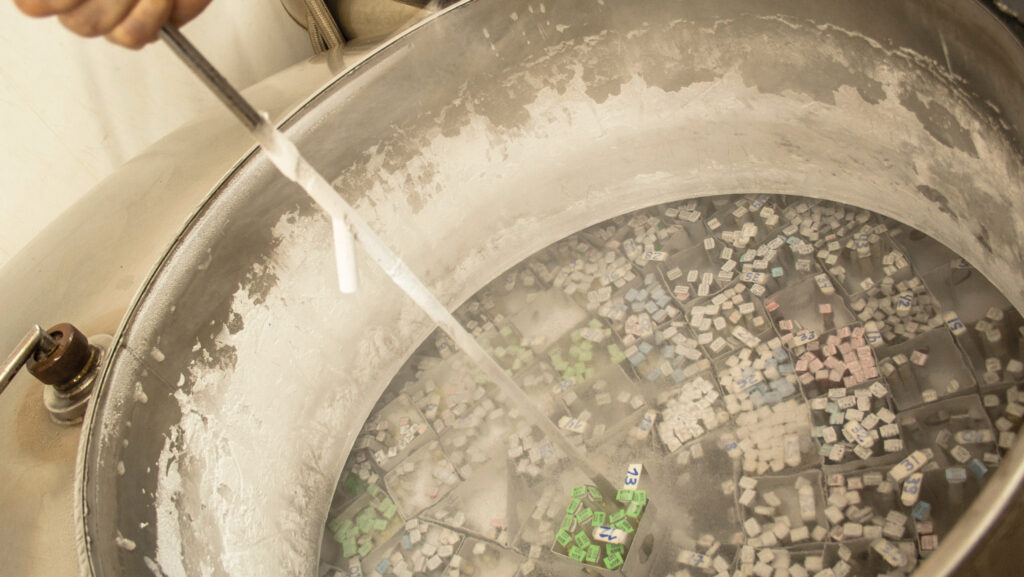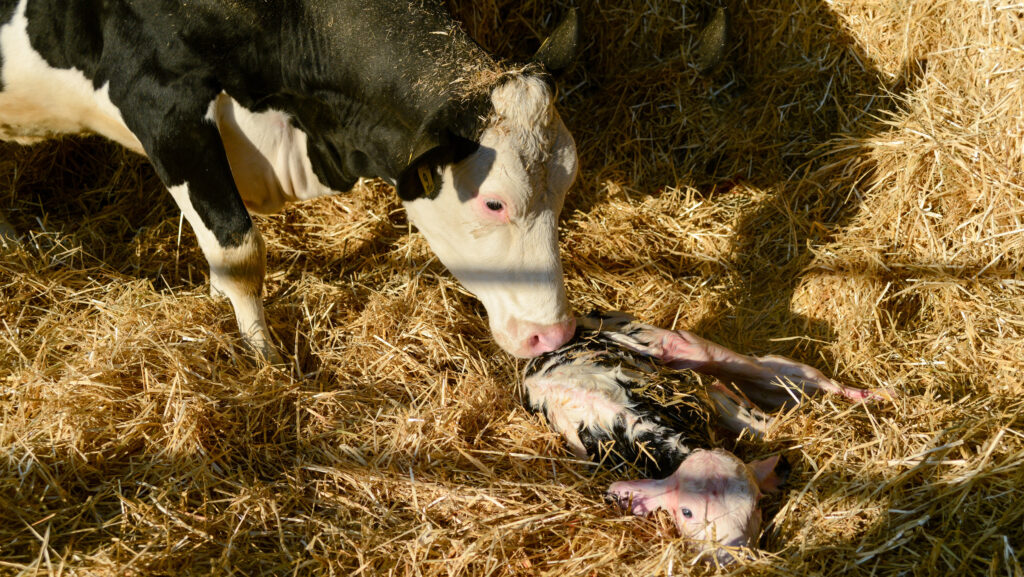Why refreshing cattle insemination technique matters
 © Adobe Stock
© Adobe Stock All-year-round calving herds carrying out their own inseminations need to ensure operators attend a refresher course at least every two years.
For block-calving herds, it should be an annual event, two to three weeks before mating begins.
This advice comes from Cogent UK fertility specialist Tom Sellers.
He points out that failing to get cows back in-calf on time, because of a poor artificial insemination (AI) technique, affects the whole business model in a block-calving herd – it relies on a tight, 12-week calving pattern.
Yet DIY AI can also be false economy in year-round herds if it results in poor conception rates, more stale lactations and higher culling rates.
See also 4 reasons to use artificial insemination in beef herds
Experience
Switching to DIY AI can be a business decision to save money, or a technical choice giving more flexibility. But in areas without a technician service, it is essential.
Completing an approved, three-day DIY AI training course, however, is just a starting point.
There is no legal requirement to maintain competency, Tom says.
He likens it to a 17-year-old passing their driving test.
“Someone with a licence is legally capable of driving a car, but they don’t have enough experience.
“Then, as they become more experienced, they develop bad habits,” he explains.

© Adobe Stock
Cow welfare
AI training is covered by legislation and must prioritise animal welfare.
While inseminating a cow is not complicated to learn (although it requires a mastering of dexterity), protocols and standards change, says Tom, so it is important to keep up to date – as well as stamp out bad habits acquired over time.
He finds that farm staff begin to cut corners once they become good at inseminating cows.
Teaching refresher courses, he sees that with more experience and confidence, some handle the AI gun like they are playing snooker, or poking a fire.

© Adobe Stock
Yet when a herd experiences conception problems, everyone likes to blame the semen before the technician.
Genetics companies must meet minimum quality control standards, so it is unlikely to be the semen, he explains.
Instead, areas of management covering cow health and welfare are more likely to affect results.
Early embryonic losses before day 15 can undermine an initially high conception rate.
Tom reckons about 75% of fertility problems in a DIY AI herd are because of poor semen handling, cleanliness, AI protocol or service timings.
This is why he thinks it essential that a newly trained person uses their skills the day after they have completed a course, not six months later.
“AI a cow the next day. You’ve got to do it to train your brain. Be prepared for the first few not to be in-calf, as they are your practice models. Things get better,” he says.
Coaching
Another common occurrence is when people give up after their initial failure to get cows in-calf, their confidence knocked.
This is where the farm owner needs to step in, he says, offering support and guidance (including an AI refresher course) to get through this tricky stage and beyond.
It is also important that a newly trained inseminator is given any bulling cow to serve – not just the repeats, tail-enders or anything with a problem.
“If a cow comes bulling, serve it,” he stresses.
Tom explains that fertility performance can be skewed if an operator serves only heifers (which are more fertile), or repeat breeders (they have fertility problems), or cows that have not held to dairy semen (they also have fertility issues).
For a dairy herd relying on DIY AI, at least two trained people are needed to supply cover 24/7.
And regardless of herd size, having a team of two or three operators creates some friendly competition and raises standards, he says.
“There isn’t a minimum number of cows to be inseminating [to be proficient].
“I think farms need to be led by their results. Anyone with less than 30% conception rate – for all semen types – needs a refresher course.
“There should never be more than 5% difference in conception rates between inseminators on farm – whether technician or employee – and if someone isn’t performing, stop them from inseminating immediately.”
Fertility review
Measuring success of DIY AI in a herd – and reviewing each inseminator’s capability – is best done via a fertility review involving the whole farm team (including the vet, nutritionist and semen supplier).
Tom suggests that herds with more than 500 cows should do this quarterly; below 500 cows, a review twice a year is sufficient, whereas block-calving herds should look at fertility performance after every mating season.
Automated heat detection and software programs that store and analyse data make it easier to analyse fertility performance these days, he says.
Number-crunching can highlight those needing an AI refresher, although Tom stresses that because insemination is just a small part of the whole process of getting a cow in-calf, the team approach works.

Refresher benefits
Ultimately, good fertility is a numbers game. Anyone inseminating the majority of cows in a herd (without having to do other tasks such as milking or feeding) can have better conception rates than someone serving on an ad hoc basis.
“But if you haven’t done AI for nine months, you can’t just pick it up again,” says Tom.
To show the cost benefit of an annual AI refresher course, he points out that it needs to be compared with an improvement in pregnancy rate for the herd.
A farm sending two people to attend a one-day Cogent course, for instance, would pay £350.
Comparing this with a better pregnancy rate, where he says each 1% increase is worth £20 a cow a year (because she gets in-calf quicker and produces more milk in a year), shows the return on investment.
“If the herd pregnancy rate increases by a conservative 3%, that’s £60 a cow, or £18,000 a year for a herd of 300 cows, which means you’ve paid for the course and used less semen. It’s a no-brainer,” he says.
